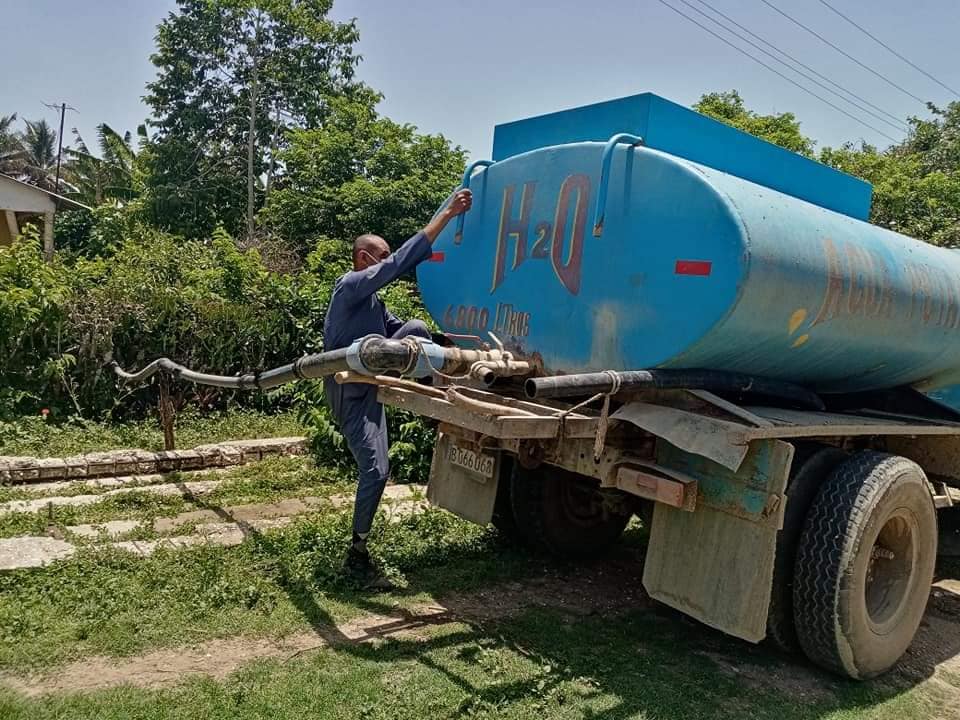
The situation with the supply and distribution of water to the population is tense in the province of Las Tunas.
Las Tunas, Cuba.- Currently, throughout the territory, the liquid is supplied through tank trucks to 549 communities with 105,428 inhabitants, and in certain neighborhoods and districts of the provincial capital city weeks go by without it arriving, while in others the distribution cycle is between 15 and 20 days.
This province has suffered for years from an intense drought, the fundamental cause of the supply problems. At the end of 2022, for example, 885.7 millimeters of precipitation accumulated throughout the territory, which only represented 85 percent of the annual historical average, which is 1,038 millimeters. In 2023, the accumulated rainfall only reaches a very low 39 percent, with 42 millimeters of accumulated.
This, of course, affects the reservoirs that are at 24 percent of their filling capacity, which is 350 thousand 915 cubic hectometers, with a very unfavorable situation for the population, with a higher incidence in the Copo del Chato, Juan Saez, and Jobabito dams.
Hence, the province has designed a program to deal with this critical situation, with measures and restrictions based on adjustments in the water balance, according to possibilities and priorities.
Levels are monitored every day in the La Cana underground basin, which supplies the city of Las Tunas, and the Cerro de Caisimú area, from which the urban area of the Manatí municipality is supplied.
The installation of 101 hydro meters in supply sources and 1,630 in the residential sector, together with the construction of 19 wells in works affected by drought in different municipalities, are other measures contemplated in the program.
Similarly, the rehabilitation of networks and pipes in the towns of Delicias and Chaparra continues; as well as the conclusion of the aqueducts of the rural communities El Rincón, Kilómetros 17, 18, 19, and 20 of the municipality of Manatí, and the completion of the work of the aqueduct to the coastal communities of the north of the province, where three thousand 540 inhabitants will be benefited.
Work is also being done on the rehabilitation of the pipe from the central station in Piedra Hueca to the pressure breaker and the connection of the internal pipes from the wells to that power station that supplies the provincial capital, in which they also place valves and connections of pipes to improve the distribution of the liquid.
The well-designed program is developed accordingly with the input of resources but with sustained work by the workers of the Provincial Water and Sewerage Company, it is expected to solve the problems with the supply and distribution of water, an urgent need for this territory.





